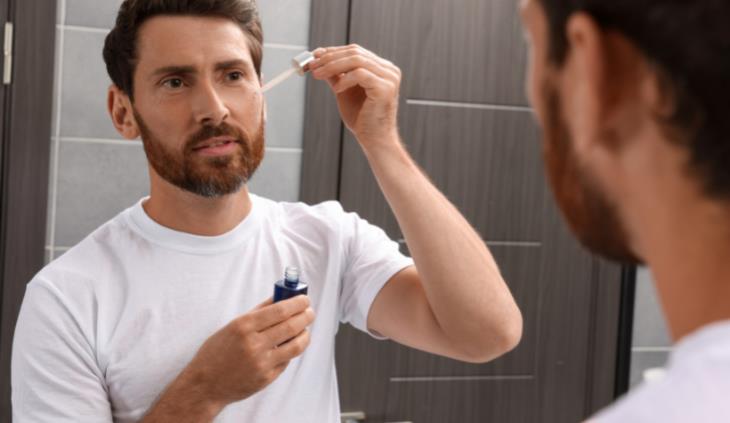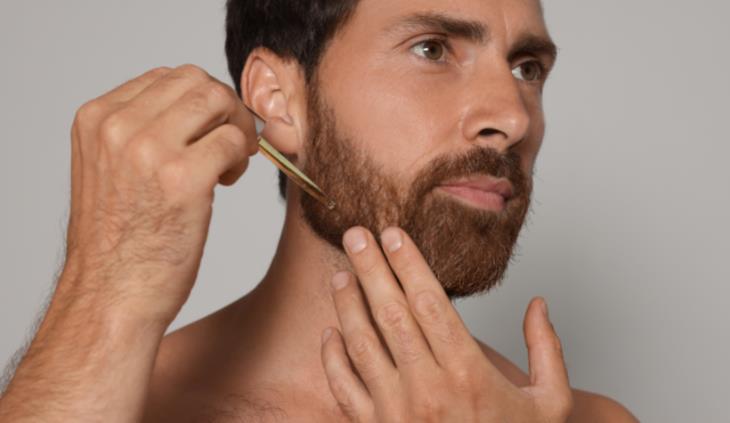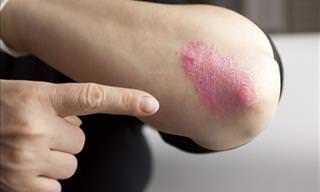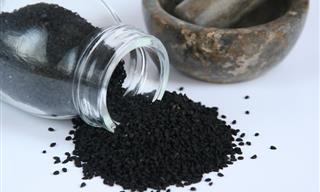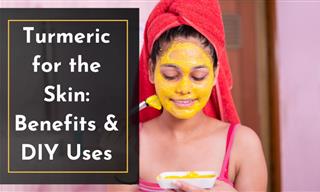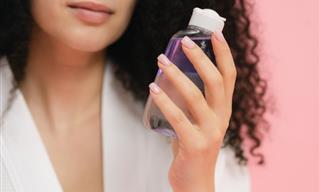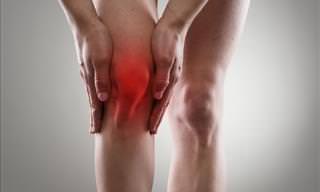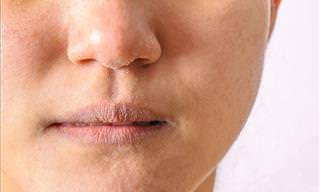Psoriasis is an auto-immune disease that manifests on the skin. There is more than one type of psoriasis, but it usually appears on the elbows, knees, lower back, and skin folds.
However, up to 50% of people with psoriasis have experienced it on the face, mainly on the hairline and eyebrow area but sometimes also on the lower parts of the face, where facial hair grows.
This makes treatment all the more challenging, but we can offer some tips for relieving the itch and pain.
Identifying beard psoriasis
Facial psoriasis will look like symmetrical patches of scaly skin with red bumps that may grow into sores covered in flaky, crusty skin. On the scalp and hairline, it will appear as greasy yellow flakes. In rarer cases, it will show up around the ears, mouth, and eyes. Beard psoriasis may seem challenging to treat, as it hides under facial hair, making shaving cumbersome and painful. Sticking to the right routine will help.
Causes
This disease is usually chronic, and it causes inflammation that leads to skin cells growing too quickly. The dead skin cells don’t shed as they should, leading to an accumulation of scaly skin.
There is a genetic component to psoriasis. What may trigger it is emotional stress or infection. Excessive smoking or consumption of alcohol, obesity, and vitamin D deficiency may worsen psoriasis or cause an outbreak.
It is important to note that psoriasis is not contagious in any way. With adequate treatment, symptoms will subside.
Treatment

Treating beard psoriasis involves a combination of in-office treatments, prescription medications, and a well-rounded skincare routine.
In-office treatments will usually include light therapy, using ultraviolet light to slow down skin cell growth. Ultraviolet rays are also found in the sun’s rays, so up to 20 minutes of exposure to the sun mid-day with no sunscreen can also deliver your daily dose of vitamin D. For prolonged exposures to the sun, make sure to wear long sleeves and a hat.
Related: The Full Beard Growing Grooming, and Trimming Guide
You can also integrate several products and ingredients into your skincare routine for at-home treatment. These include creams (prescription steroid creams, vitamin creams, a hydrating moisturizer, aloe vera gel, calamine, and beard oils and conditioners), oils (tea tree essential oil, jojoba oil, olive oil), and mild chemical exfoliants, such as salicylic and lactic acids and urea.
Soaps that contain pine tar, a natural substance derived from the resin of the pine tree, have also been shown to help soothe psoriasis. If you're interested in holistic medicine, you'll benefit from our article 6 Natural Psoriasis Treatments.
Doctors may also recommend the limited use of corticosteroids and coal tar. Both may have satisfying results but bear hazardous effects with long-term use, so they should be considered first aid only.
Practical guidelines
When choosing a product, avoid anything that contains fragrance, denatured alcohol/ethanol, or SD alcohol. Pay attention: not every kind of alcohol is bad for the skin. An ingredient called stearyl alcohol, for instance, is a fatty alcohol that moisturizes the skin.
Here’s a basic skincare routine that may fit you:
1. Cleansing: a tea tree or salicylic acid-based facial cleanser OR aloe vera-infused mild cleanser for sensitive skin.
2. Treatment: fragrance-free aloe vera gel, prescription creams, or any other product that helps you.
3. Moisturizing: this step locks in the ingredients from the treatment step. Use a fragrance-free moisturizer, a beard conditioner, or beard oil.
Related: Psoriasis: A Complete Guide to Understanding the Skin Disease
Lifestyle changes
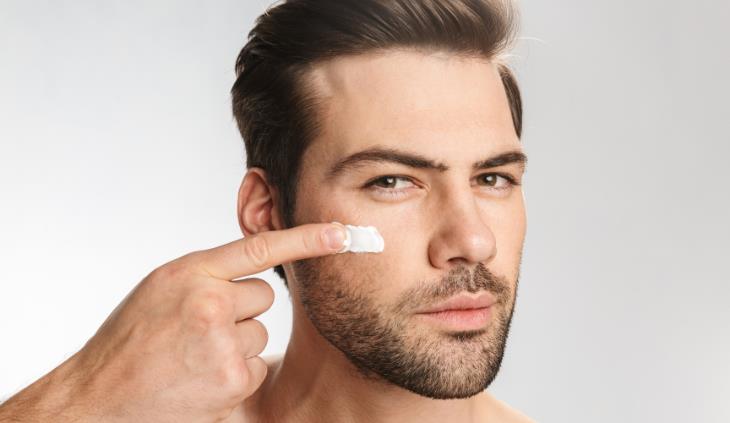
Stress management
As stress is a leading cause of psoriasis, try to learn new ways to manage stress. This can be breathwork, meditation, yoga, journaling, walks, music, reading, or even dancing! Explore and find out what works best for you.
Dietary changes
Consume foods that reduce inflammation. Antioxidants and omega-3s are the basics. Fruits and veggies are a no-brainer. Try to reduce inflammation-inducing foods, such as added sugar and gluten.
 Go to BabaMail
Go to BabaMail


